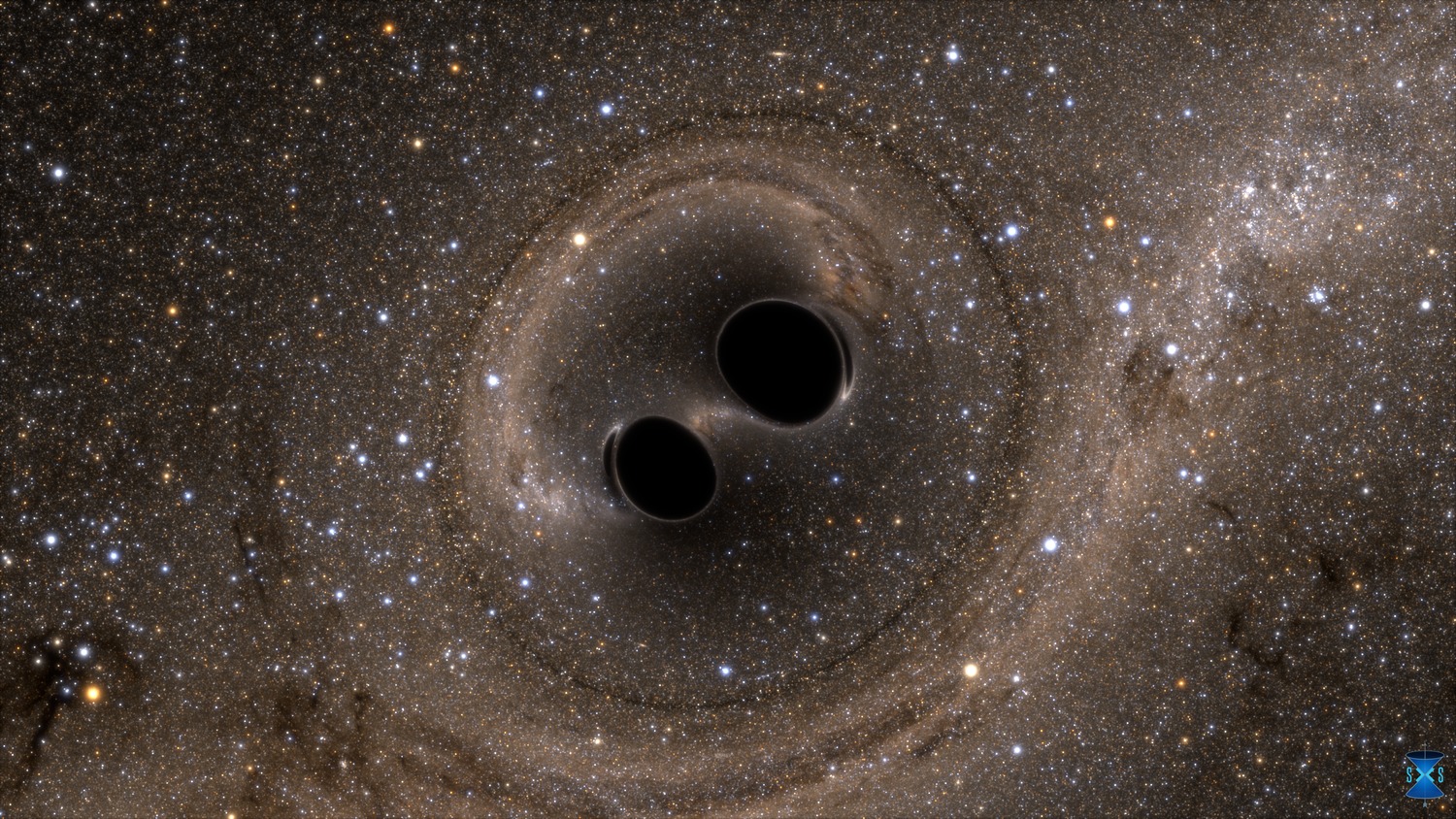Australian astronomers have discovered the brightest object in the universe, a quasar powered by a black hole that devours a star every day, they reported Tuesday. Watchman.
Light from an object 500 trillion times brighter than our Sun traveled over 12 billion years to reach Earth.
According to Australian scientists, the mass of a quasar (an extremely bright and energetic galaxy core fueled by a black hole) is about 17 billion times the mass of our Sun. The quasar is powered by the fastest-growing black hole ever discovered, consuming the mass of a star every day.
Australian researchers observed the object for the first time using a 2.3 meter telescope at the Australian National University's Siding Spring Observatory in Coonabarabran, New South Wales. The discovery was also confirmed by the Very Large Telescope (VLT) of the European Southern Observatory (ESO), which has a primary mirror diameter of 39 metres.
The university scientists, whose research was supported by the European Southern Observatory, the University of Melbourne and the French University of Sorbonne, announced their results in the journal Nature Astronomy.
Australian National University scientist Christian Wolff, the lead author of the study, confirmed that they had discovered the brightest known object in the universe, whose amazing growth rate is accompanied by “an enormous emission of light and heat.”
The light is emitted from an accretion disk about seven light-years in diameter. In this disk, the matter attracted to it revolves around the black hole before crossing the event horizon. The collision of matter with another releases enormous amounts of light and heat.
According to Wolf, the object resembles a giant magnetic storm cell with a temperature of 10,000 degrees Celsius, with so much lightning and strong winds that it would orbit the Earth in one second.
Wolf added that the diameter of the quasar, which is seven light years, is 50% greater than the distance between the solar system and its closest star, Alpha Centauri.
Christopher Onken, co-author of the study, said it was surprising that the object, which was “almost hidden before our eyes”, remained unnoticed for so long.
Wolf said he was filled with two feelings about this discovery: on the one hand, amazement that nature should produce something beyond all previous ideas. On the other hand, he is filled with the joy of discovery because he was able to find it, because nature – as he puts it – did not make it easy.
Latest scientific news
























![The Italian Souls clone has been delayed, but is coming to multiple consoles [VIDEO]](https://thegeek.hu/wp-content/uploads/sites/2/2024/05/thegeek-Enotria-The-Last-Song-1.jpg)



















